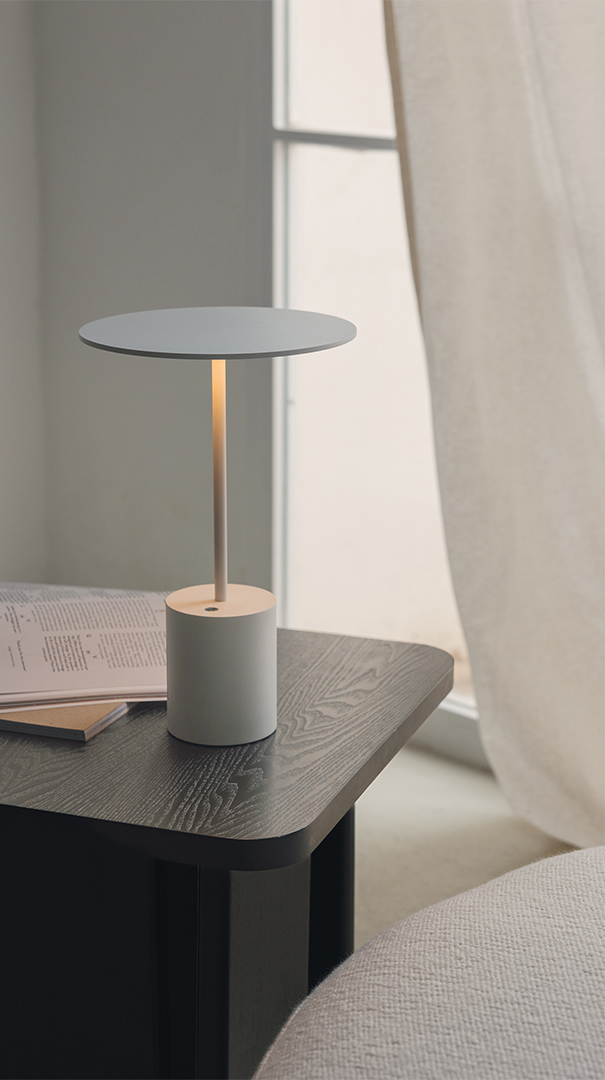Three level lighting: what is it and how to achieve it
08.07.2024
- Light & Learn

Every architectural project involves an ad hoc lighting study. Everyday actions such as working, reading, cooking, socialising and resting require appropriate lighting to maintain the balance of our biorhythms.
In order to adequately illuminate each type of space, it is important to take into account basic aspects that improve the quality of life of the end user. The first questions we should ask ourselves are: what type of lighting do I want to use? What is the function it will perform?
Based on these precepts, Arkoslight talks about the three level lighting:
- Ambient lighting
- Accent lighting
- Task lighting

Ambient lighting
Ambient lighting provides general illumination of spaces and allows people to move around safely and comfortably. Ambient lighting can be provided by ceiling lamps, wall lights or natural light.
Our Art Modular or Up designs are good examples of this.
Task lighting
Task lighting is lighting aimed at specific areas where activities such as reading or food preparation take place. Task lighting is achieved through the use of table lamps, recessed luminaires or dimmable wall lights.
In this case, we could use Yoru Big —the recent addition to the collection—, iO Surface on a washbasin or Spin applied on a kitchen work area.
Accent lighting
Accent lighting highlights specific spaces, features or objects, such as works of art or architectural details. Examples of accent lighting include the following applications of Black Foster Suspension in residential or Fit 48V in a retail environment.
Achieving the correct application of luminaires has a positive impact on the well-being of the people who live in each space.












